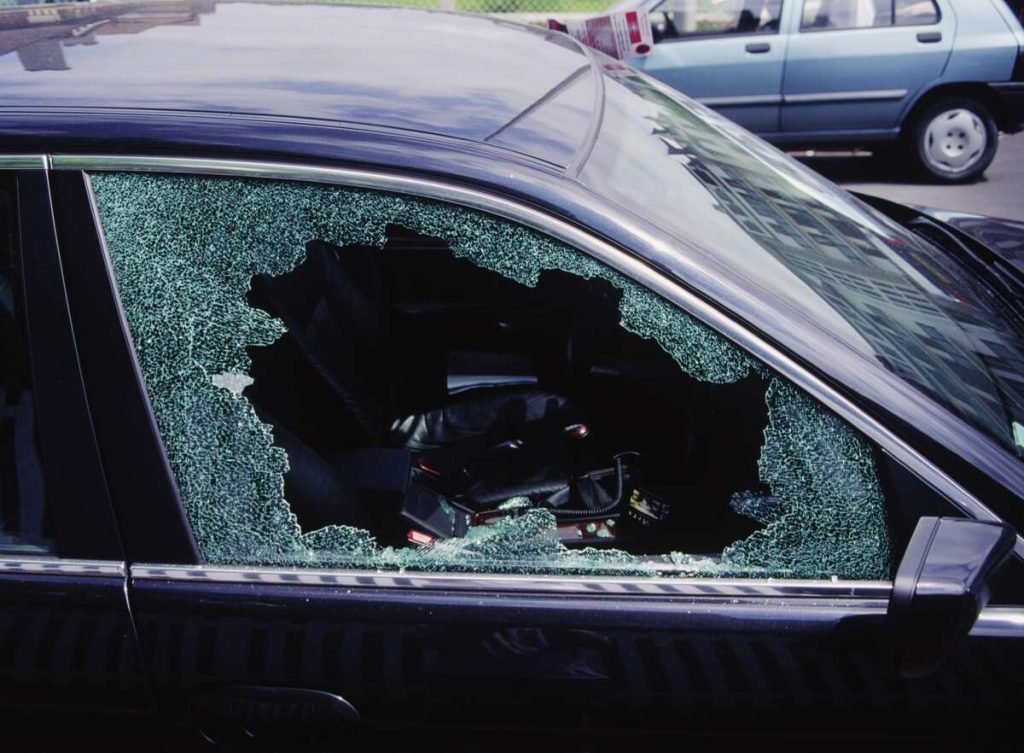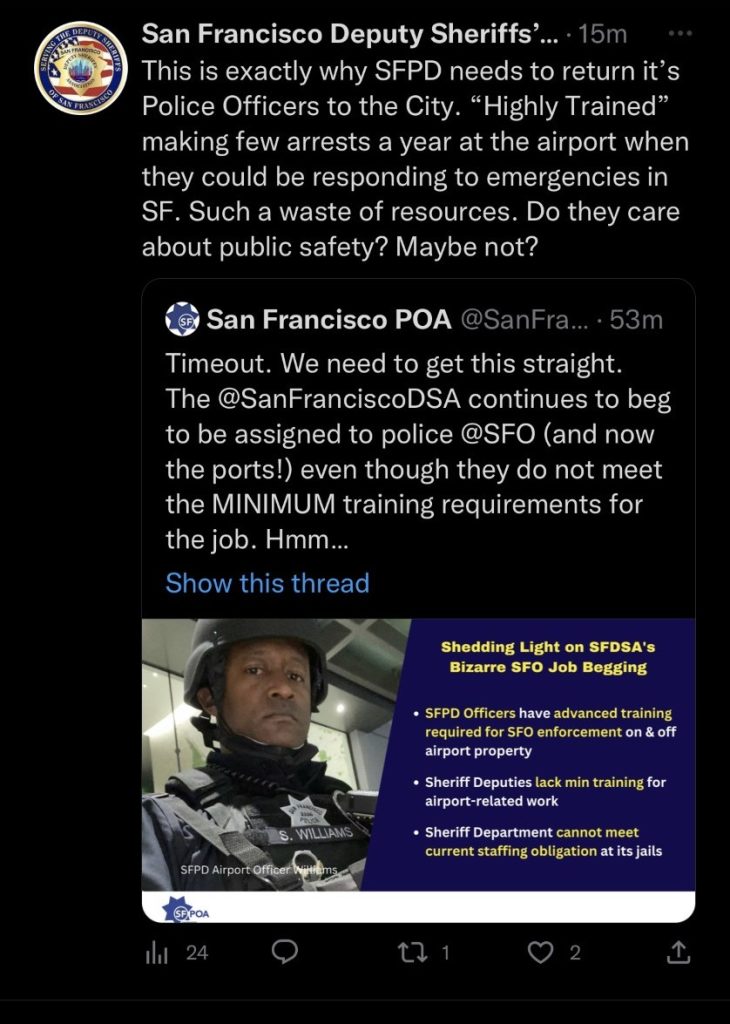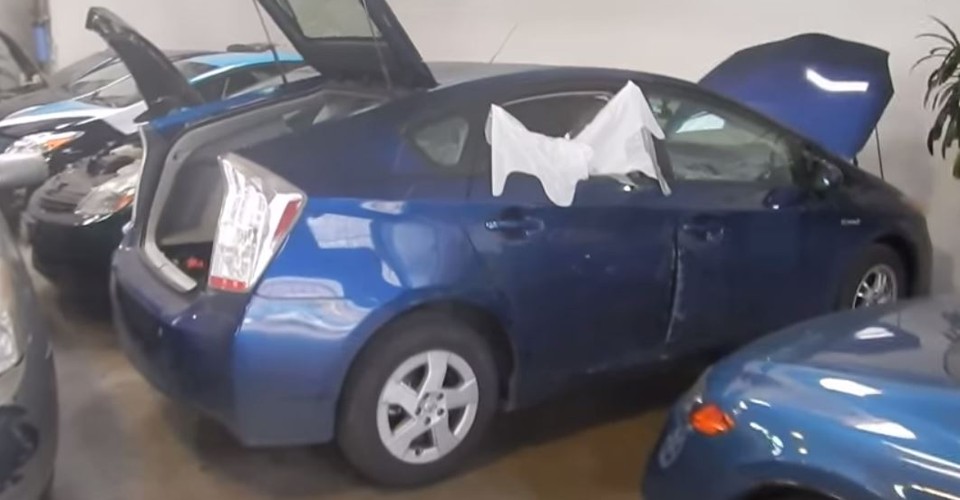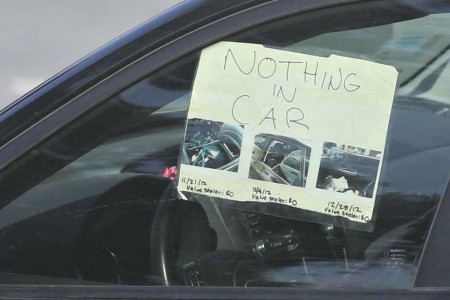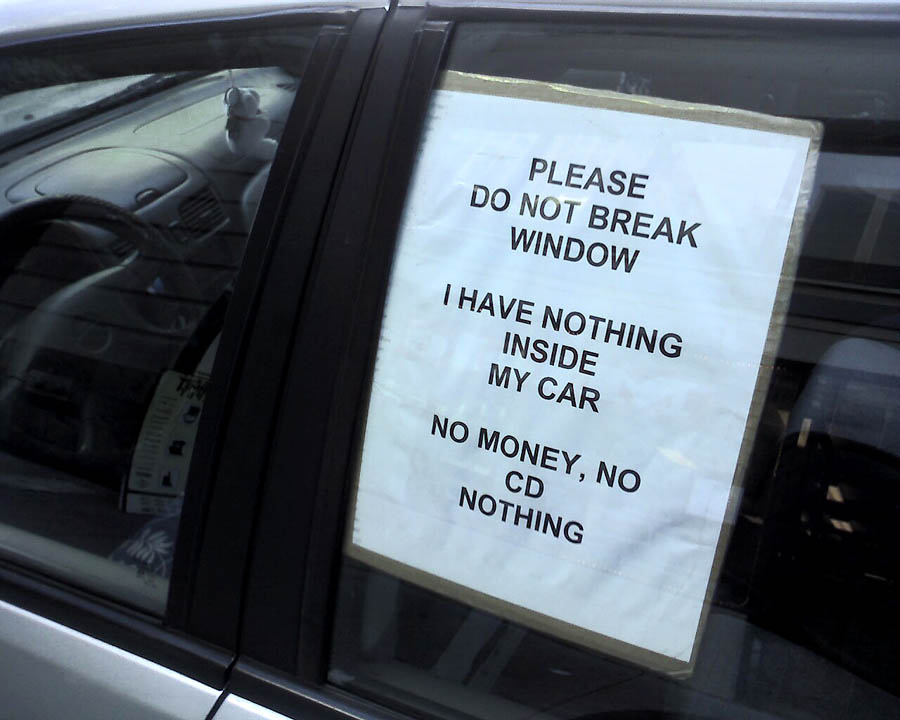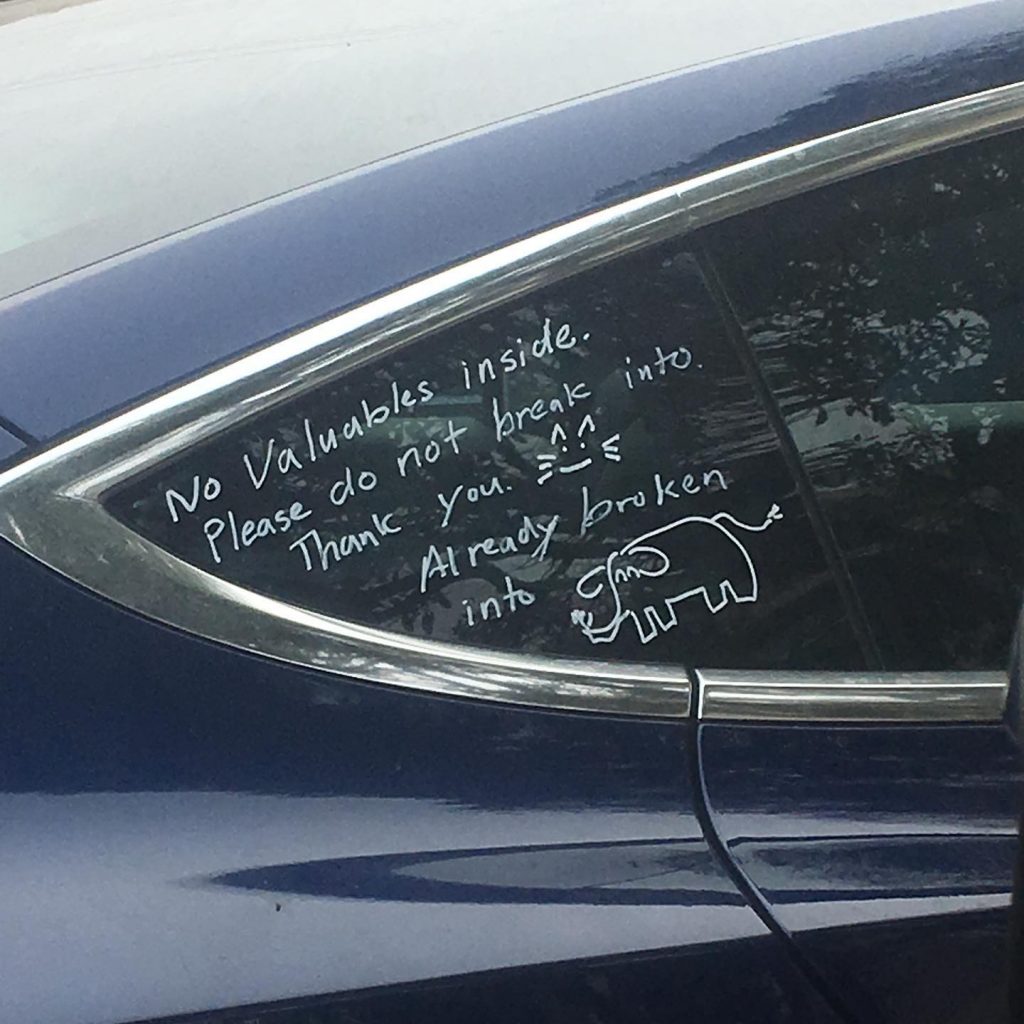Safety and security are important concerns for any community, and starting a neighborhood watch group can be an effective way to foster a sense of community vigilance and keep your neighborhood safe. With the advancement of technology, there are now online tools that can facilitate the organization and communication of a neighborhood watch group, such as the Nextdoor app. Here’s a step-by-step guide on how to start a neighborhood watch group using the Nextdoor app.
Step 1: Create or Join a Nextdoor Account The first step in starting a neighborhood watch group using the Nextdoor app is to create an account on the Nextdoor platform, if you don’t have one already. Nextdoor is a social networking app that connects neighbors and allows them to communicate about various topics, including community safety. You can sign up using your email address or by linking your account to your Facebook profile. Once your account is set up, you can verify your address to join your neighborhood’s Nextdoor community.
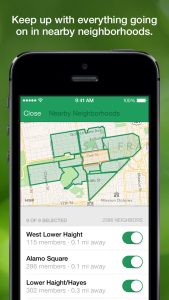 Step 2: Get to Know Your Neighbors Building a neighborhood watch group starts with getting to know your neighbors. Take the time to introduce yourself to your neighbors and build relationships with them. This can be done through the Nextdoor app by sending messages or posting introductions in the neighborhood feed. Building a sense of community and trust among your neighbors is crucial for the success of your neighborhood watch group.
Step 2: Get to Know Your Neighbors Building a neighborhood watch group starts with getting to know your neighbors. Take the time to introduce yourself to your neighbors and build relationships with them. This can be done through the Nextdoor app by sending messages or posting introductions in the neighborhood feed. Building a sense of community and trust among your neighbors is crucial for the success of your neighborhood watch group.
Step 3: Create a Neighborhood Watch Group Once you have established a rapport with your neighbors, you can start creating a neighborhood watch group on the Nextdoor app. You can create a group specifically for your neighborhood within the Nextdoor platform, and invite your neighbors to join. You can name your group something like “Neighborhood Watch” or “Safety Patrol,” and set the privacy settings to invite only or require approval to join for added security.
Step 4: Define the Purpose and Goals of Your Group Clearly define the purpose and goals of your neighborhood watch group on the Nextdoor app. What are the main objectives of your group? Is it to report suspicious activities, share safety tips, or organize neighborhood watch patrols? Clearly outlining the purpose and goals of your group will help members understand its focus and expectations.
Step 5: Establish Communication Protocols Communication is key for the success of any neighborhood watch group, and the Nextdoor app provides various tools to facilitate communication within your group. You can use the group’s chat feature or create specific discussion threads for different topics. Establish communication protocols, such as how and when to report suspicious activities, what information to include in reports, and how to handle emergency situations. Encourage active participation and engagement from all group members.
Step 6: Educate and Empower Group Members Empower your group members with knowledge and resources to be proactive in keeping their neighborhood safe. Share safety tips, crime prevention strategies, and information about local law enforcement agencies. Invite local law enforcement representatives to provide training sessions or participate in discussions on the Nextdoor app. Educate your group members about emergency protocols, including what to do in case of a fire, natural disaster, or other emergencies.
Step 7: Organize Neighborhood Watch Patrols One of the main activities of a neighborhood watch group is organizing patrols to monitor the neighborhood for suspicious activities. With the Nextdoor app, you can easily coordinate neighborhood watch patrols by creating events or discussion threads for members to sign up for patrol shifts. Encourage members to report any suspicious activities they observe during patrols or in their day-to-day activities.
Step 8: Collaborate with Local Law Enforcement Collaboration with local law enforcement is crucial for the success of a neighborhood watch group. Establish a positive relationship with your local law enforcement agencies and keep them informed about your neighborhood watch group’s activities. Invite law enforcement representatives to attend group meetings or participate in discussions on the Nextdoor app. Seek their guidance and support in organizing your neighborhood watch group, and work together to address safety concerns in your community. Remember, neighborhood watch groups are not meant to replace law enforcement, but to work in partnership with them to enhance community safety.
Step 9: Promote Community Engagement In addition to patrolling and reporting suspicious activities, a neighborhood watch group should also focus on promoting community engagement. Encourage members to participate in neighborhood events, socialize with one another, and look out for each other. A strong sense of community can deter crime and create a supportive environment where neighbors watch out for one another’s safety.
Step 10: Regularly Evaluate and Adjust Regularly evaluate and adjust the activities of your neighborhood watch group on the Nextdoor app. Review the effectiveness of your patrols, communication protocols, and engagement strategies. Seek feedback from group members and law enforcement partners to identify areas for improvement. Adjust your group’s activities and strategies accordingly to ensure that you are addressing the changing safety needs of your community.
In conclusion, starting a neighborhood watch group using the Nextdoor app can be a powerful way to promote community safety and security. By creating a group, defining its purpose and goals, establishing communication protocols, organizing patrols, collaborating with law enforcement, and promoting community engagement, you can build a proactive and vigilant neighborhood watch group. Remember, safety is a shared responsibility, and by working together as a community, you can create a safer and more secure neighborhood for everyone. Stay connected, stay vigilant, and keep your neighborhood safe with Nextdoor!

